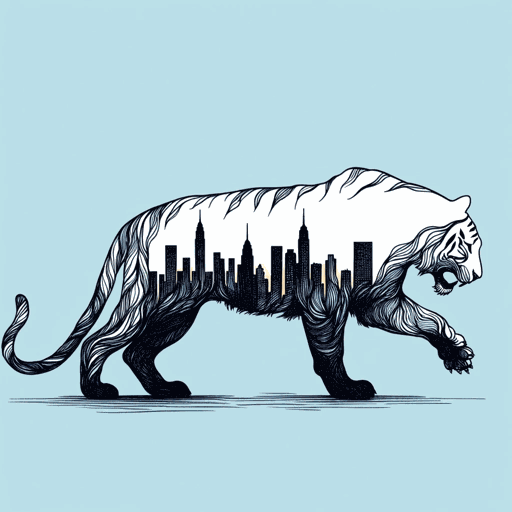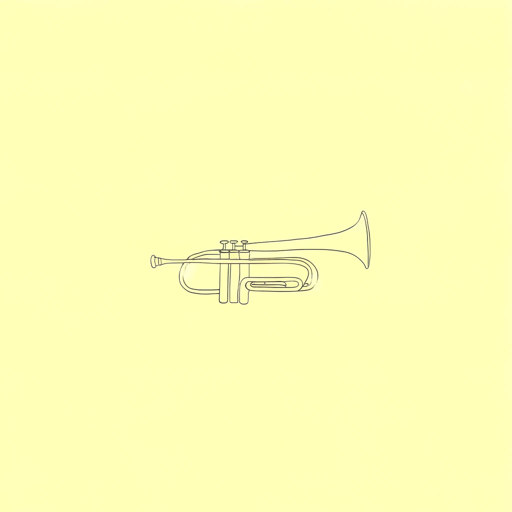19 pages • 38 minutes read
Claude McKayThe Harlem Dancer
Fiction | Poem | Adult | Published in 1917A modern alternative to SparkNotes and CliffsNotes, SuperSummary offers high-quality Study Guides with detailed chapter summaries and analysis of major themes, characters, and more.
Themes
The Public Self Versus The Authentic Self
“The Harlem Dancer” articulates how exterior appearances may not align with inner reality. One's public presentation may not in fact represent what one feels. This is shown through the speaker’s observations of the dancer and their suppositions regarding the audience’s feelings about her based on their behavior. The speaker’s views and those of the audience are revealed to be inaccurate by the end of the poem.
For the audience, the dancer is perceived as an “object” who is there for their pleasure. They delight in her “perfect, half-clothed body” (Line 2) and her movement. They track her in their “eager, passionate gaze” (Line 12) and throw “coins” (Line 10) down at her feet to seemingly claim their right to “devour” (Line 12) her. They consume her for their own enjoyment with little regard for her as a human being. In contrast, the speaker elevates the dancer, making her into a divine symbol. They view her as rising above the situation at hand and assume she is resilient enough to withstand the objectification of her audience. The speaker sees the dancer as better than those surrounding her, suggesting she is “gracefu[l] and calm” (Line 5), “proudly-swaying” (Line 6), and capable of “passing through [the] storm” (Line 8).
Related Titles
By Claude McKay

America
Claude McKay

Home To Harlem
Claude McKay

If We Must Die
Claude McKay

Joy in the Woods
Claude McKay

The Lynching
Claude McKay

The Tropics in New York
Claude McKay

The White House
Claude McKay

To One Coming North
Claude McKay

When Dawn Comes to the City
Claude McKay

